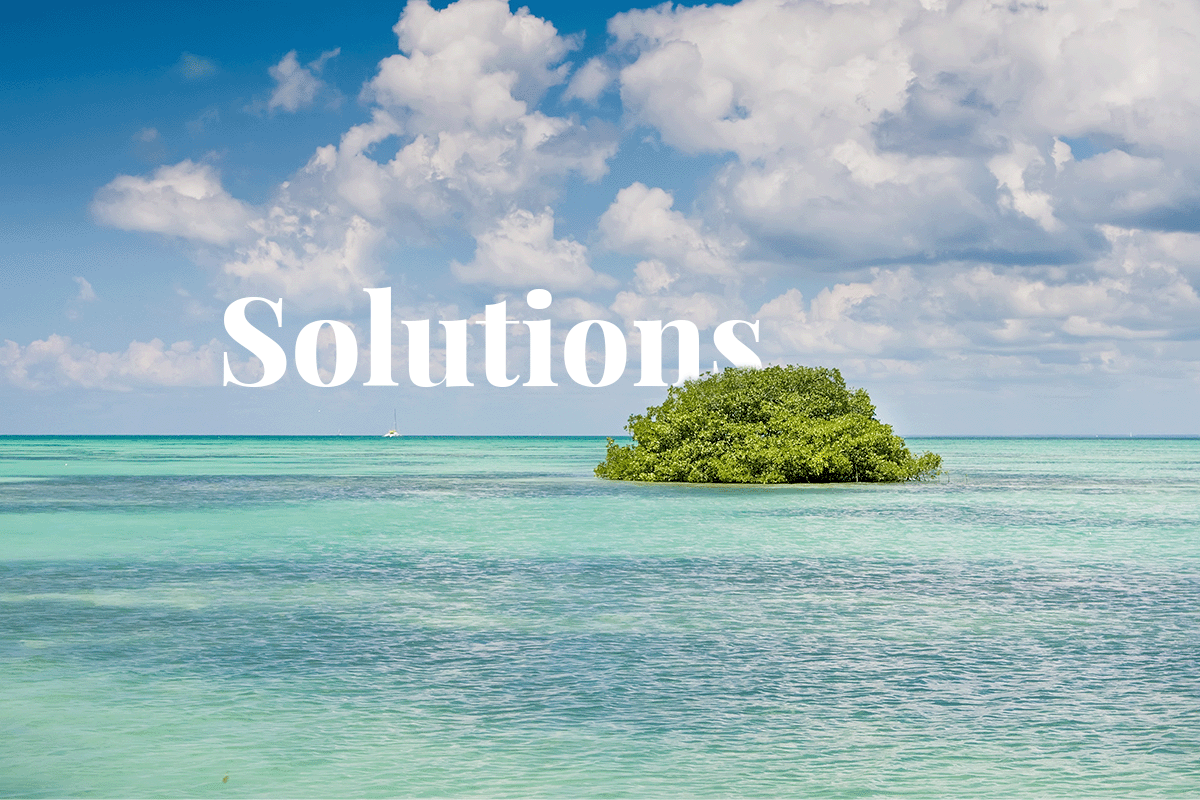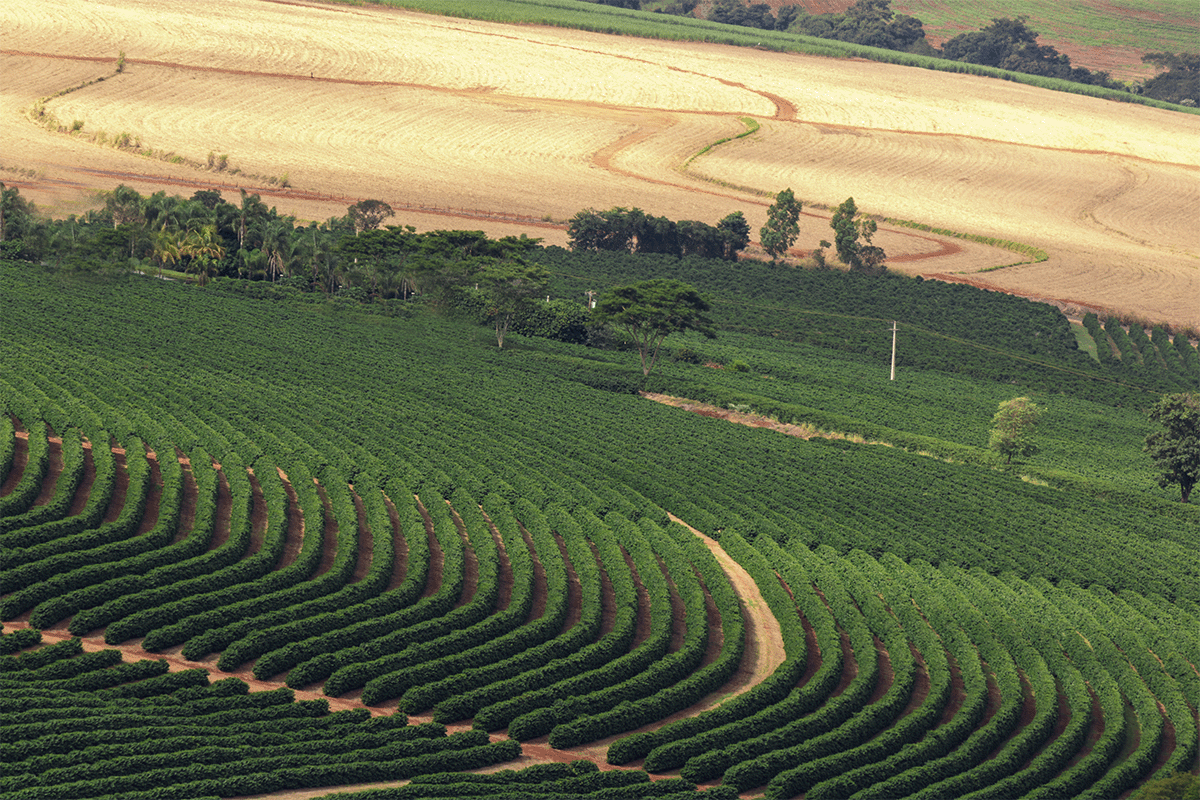Haiti is facing a severe deforestation problem, which has devastating effects on the country's environment, economy, and people. This article will explore the causes of Haiti's deforestation, its consequences, and potential solutions to address the issue.

Causes of deforestation in Haiti
The primary cause of deforestation in Haiti is the overuse of wood for fuel. Almost 70% of the country's energy needs are met through wood burning, as many Haitians cannot afford alternative fuel sources such as gas or electricity. This high demand for wood has led to the rapid depletion of Haiti's forests, which has been exacerbated by the country's weak forest management policies.
Read more: Top 10 causes of deforestation
Another significant contributor to deforestation in Haiti is agricultural expansion. Small-scale farming is the main livelihood for many Haitians, and as the population grows, farmers clear more and more land for agriculture. This has resulted in the destruction of vast areas of forest and is one of the leading causes of soil erosion and desertification in Haiti.
Read about: Countries with the highest deforestation rates in the world
 Coffee plantation farm extended over the fields of Haiti.
Coffee plantation farm extended over the fields of Haiti.
Consequences of deforestation in Haiti
Deforestation in Haiti severely affects the country's environment and people. The loss of forest cover leads to increased soil erosion, which in turn causes landslides, flooding, and a loss of fertile land for agriculture. This results in food insecurity for many Haitians, as crops fail due to poor soil quality and extreme weather conditions.
The loss of forest cover also negatively impacts biodiversity and wildlife in Haiti. Many species of plants and animals that were once common in Haiti's forests are now endangered or extinct. In addition, this loss of biodiversity has implications for the long-term health of Haiti's ecosystems and the services they provide, such as water purification and carbon sequestration.
Solutions to deforestation in Haiti
Addressing Haiti's deforestation problem will require a multi-faceted approach that addresses the issue's root causes. One potential solution is to promote alternative fuel sources, such as solar or wind energy, which would reduce the demand for wood burning. This could be achieved through government subsidies or incentives to encourage the adoption of alternative energy sources.
Another potential solution is to promote sustainable farming practices that reduce the need for land clearance. For example, agroforestry techniques that combine agriculture and forestry practices to restore degraded land and improve soil quality. It would not only reduce deforestation but also improve food security and livelihoods for Haitian farmers.
Finally, improving forest management policies and practices in Haiti is crucial to addressing deforestation. It could include strengthening the enforcement of laws and regulations to prevent illegal logging, increasing investment in reforestation efforts, and promoting community-led conservation initiatives.
 Picture of a rhinoceros iguana, an endangered species of lizard belonging to the genus Cyclura, and native to Haiti.
Picture of a rhinoceros iguana, an endangered species of lizard belonging to the genus Cyclura, and native to Haiti.
Conclusion
Haiti's deforestation is a complex issue requiring urgent attention and action. Addressing the root causes of the problem will require a combination of policy and behavioural changes, as well as investment in alternative energy sources, sustainable agricultural practices, and reforestation efforts.
By working together, the Haitian government, civil society organisations, and international partners can take concrete steps to address deforestation and promote a more sustainable future for Haiti. This is what DGB Group aims to do, promote sustainable practices and reforest the world at scale. DGB works with various stakeholders, such as governments and communities, to develop large-scale, impactful nature-based projects that restore nature and capture large amounts of carbon. These projects help the regeneration of biodiversity, the restoration of vital habitats, and the sustainable development of communities.
Contact us to find out more about our projects and how you can get involved



